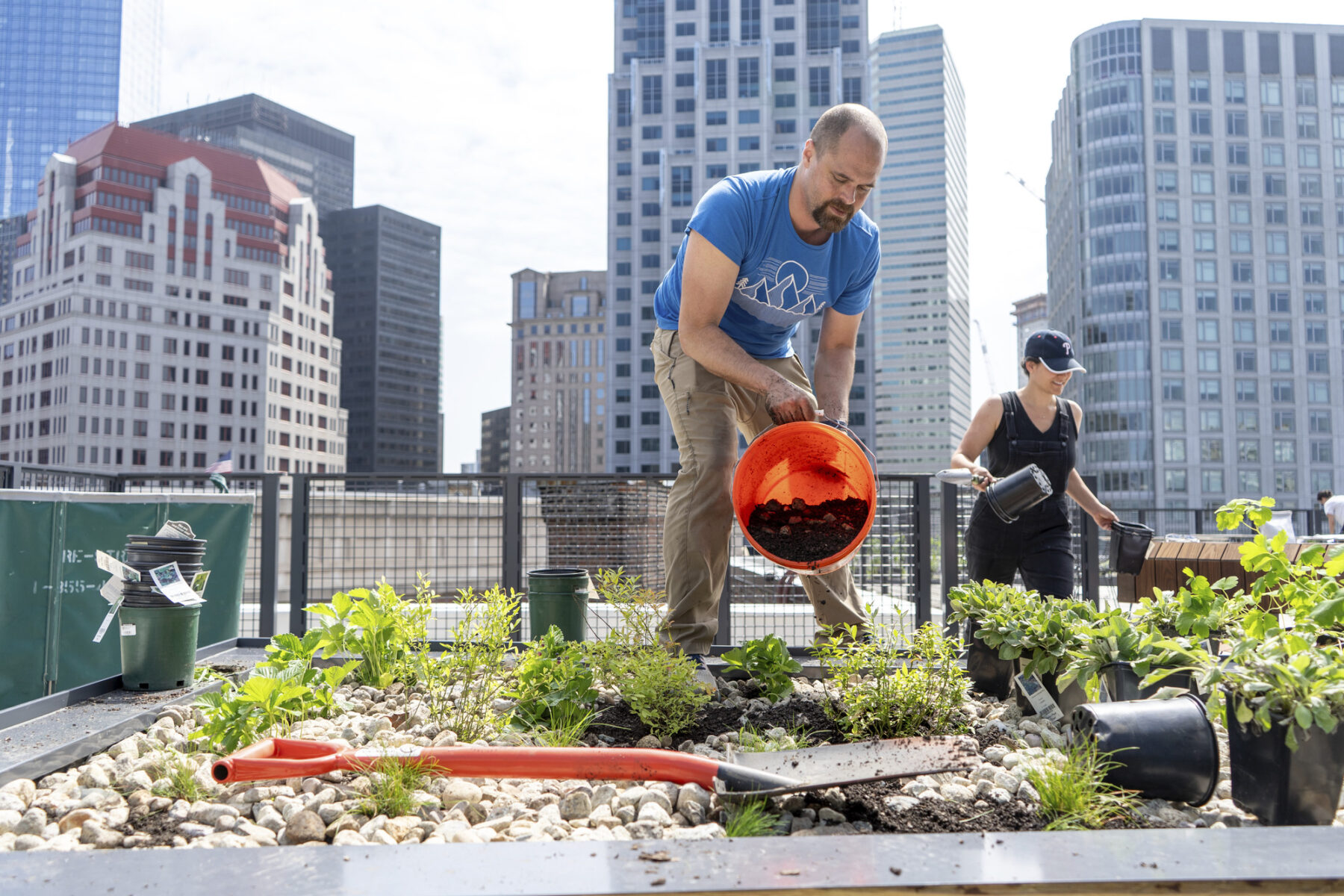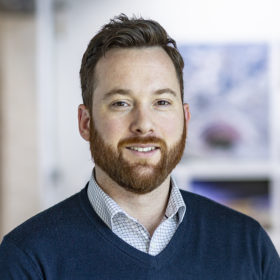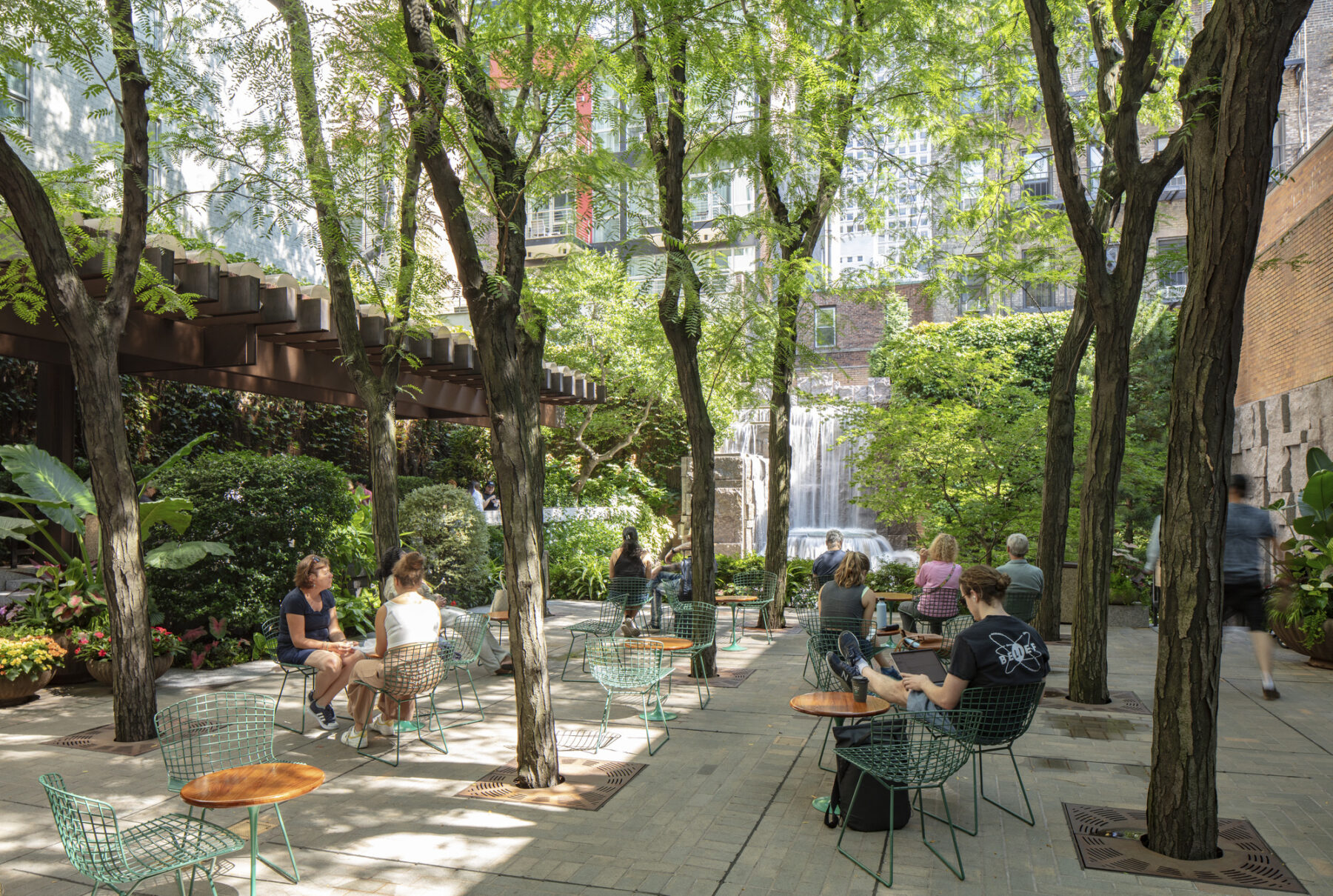Our design process integrates data-driven strategies for energy modeling, embodied carbon reduction, optimizing daylight, and analyzing outdoor thermal comfort
可持续
我们坚信可持续设计需要前瞻性的思维和整合的实施方案,以助力客户成功并促进社会繁荣。无论建筑、校园规划、景观或是城市设计项目,都应未雨绸缪,考虑未来的发展需求。每个项目团队的可持续发展负责人皆力求最佳实践和创新解决方案,营造更美好的未来。

Our sustainable design approach helps our educational, corporate and commercial, and civic clients meet their climate action plan goals for reducing their carbon emissions, energy use, and water use
We support certifications that identify and verify sustainability metrics, including LEED, LEED-ND, SITES, Net-Zero and Living Building Challenge
We identify challenges and opportunities for each project, proposing resilient systems to mitigate risk from flooding, wildfires, earthquakes, extreme heat or cold, hurricanes or tornadoes
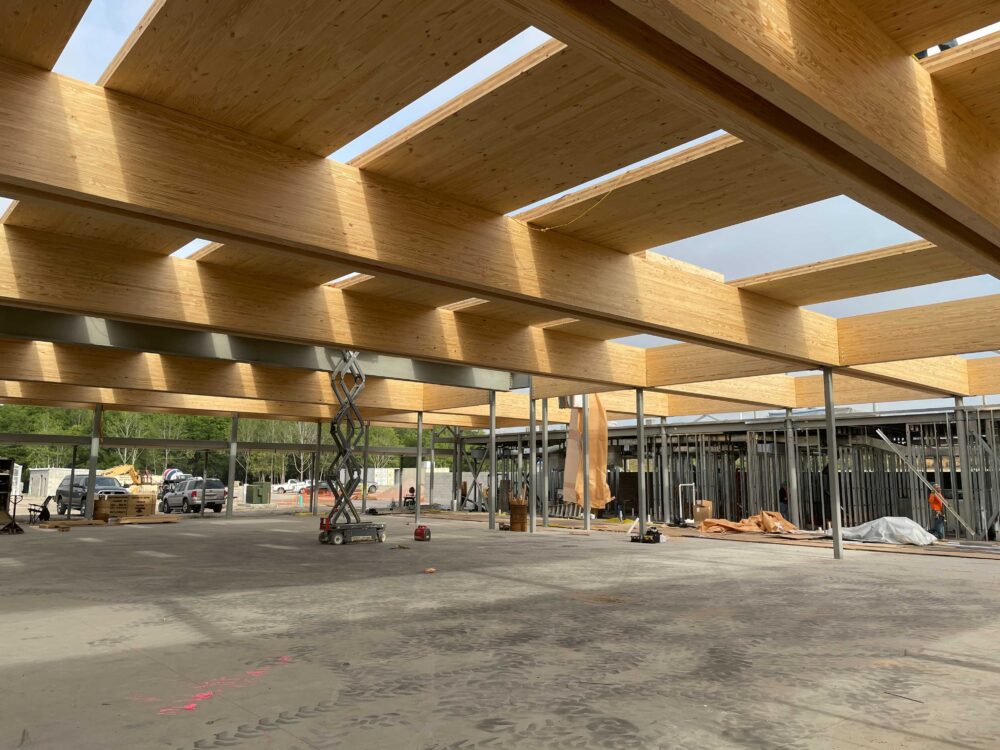
Florida modern inspired the crisp, horizontal form of the Event Center at Bonnet Springs Park. Sustainability inspired its mass timber materials.
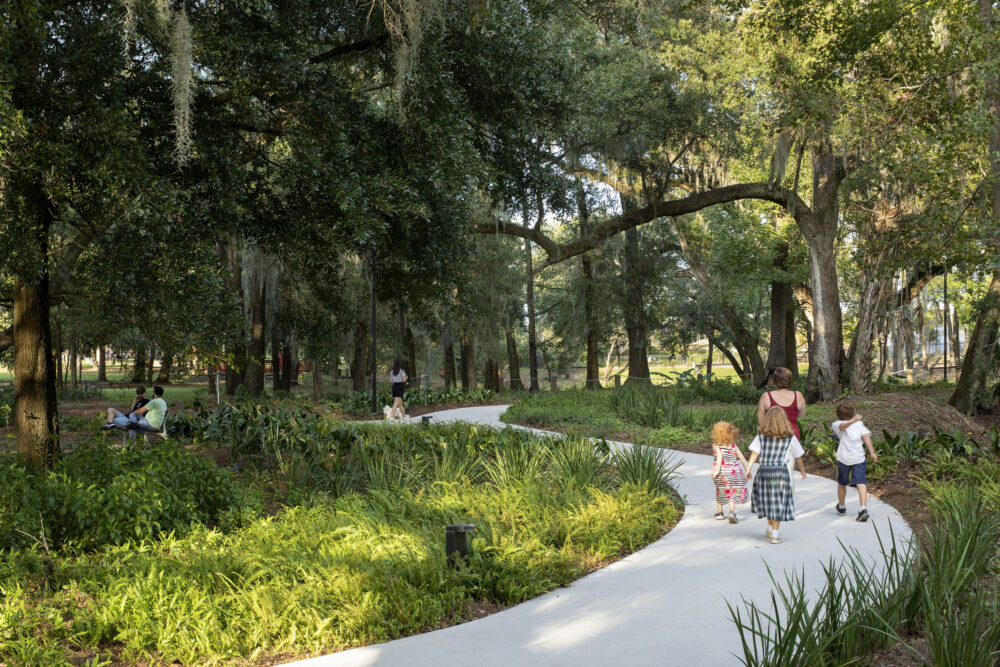
被忽视的景观如何成为建设更强大、更健康的社区的基石?
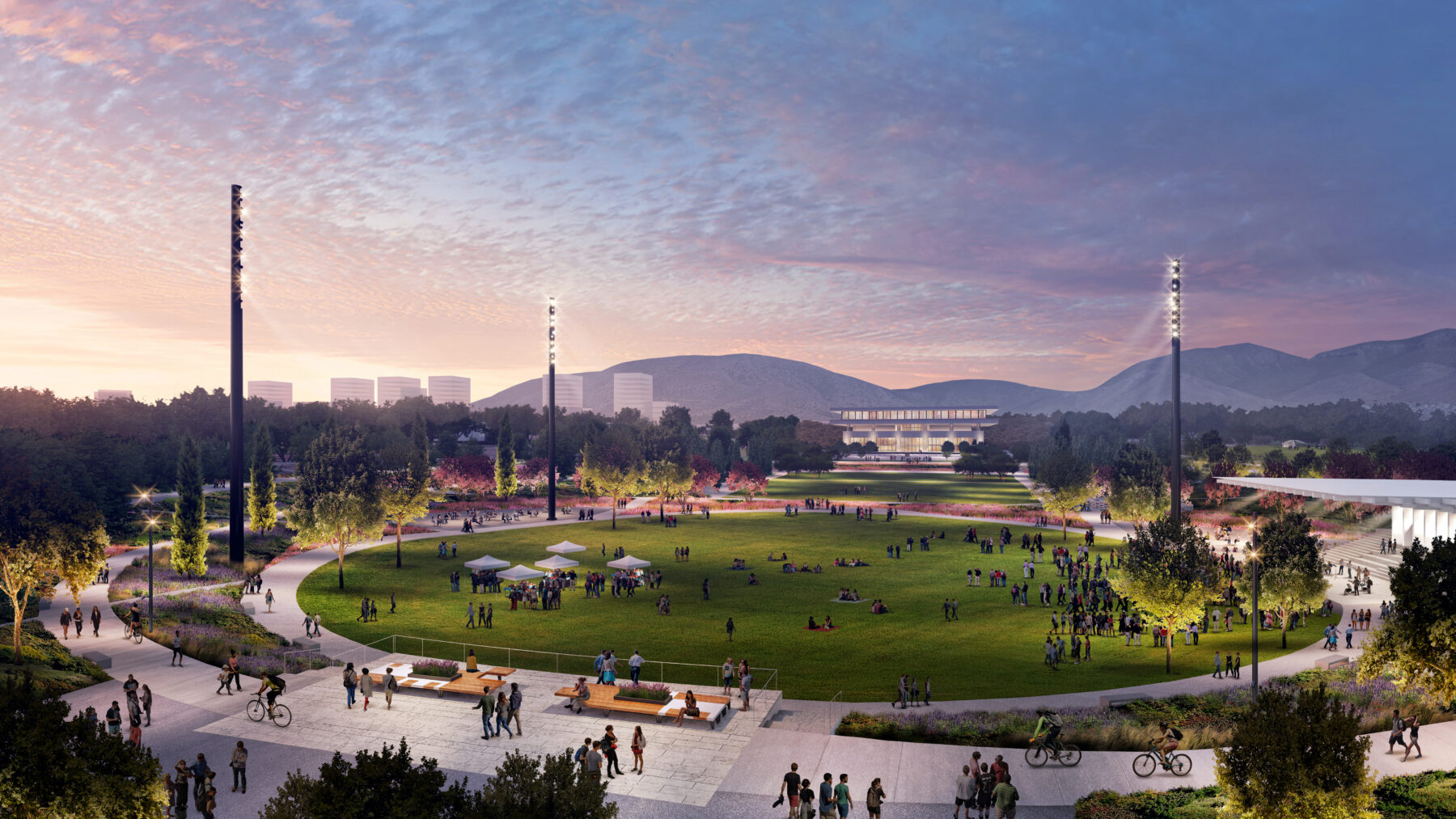
The park presents a once-in-a-generation opportunity to transform obsolete infrastructure into a climate-positive public landscape
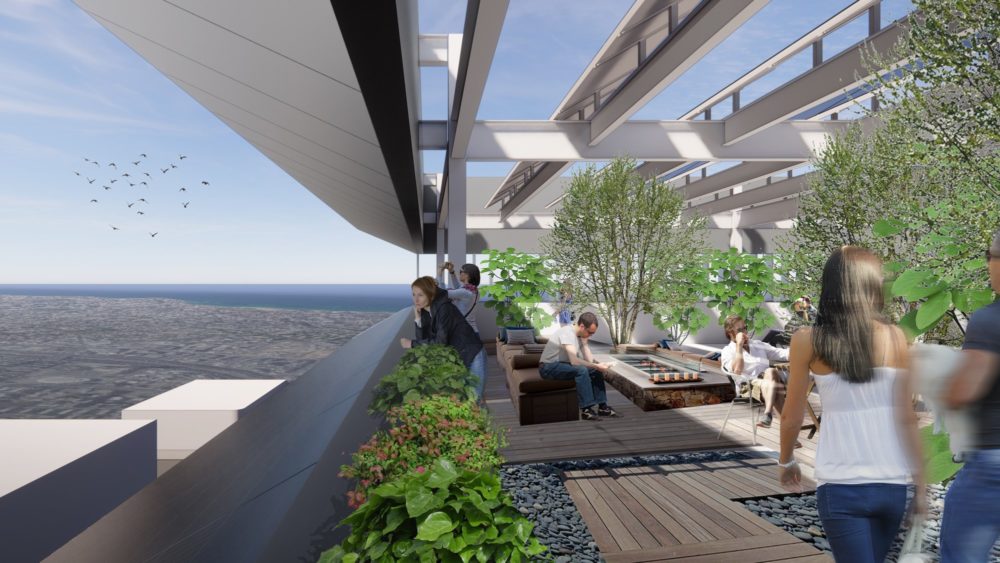
“The most sustainable building is the one you don’t build,” says Warburg
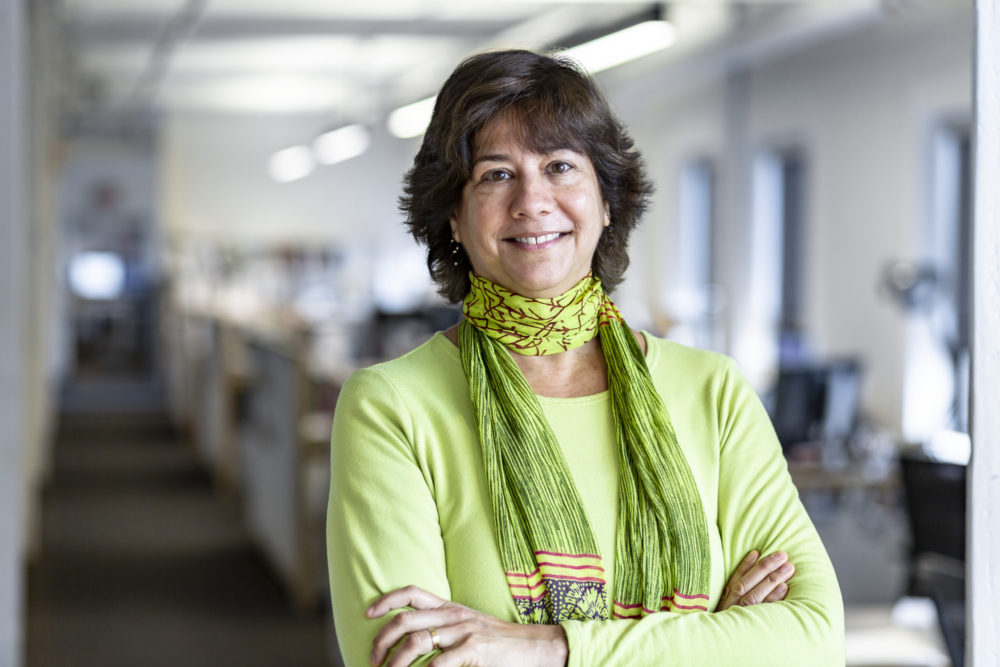
A Q&A with Tamar Warburg, associate principal, who develops sustainability and resilience goals across Sasaki’s practice
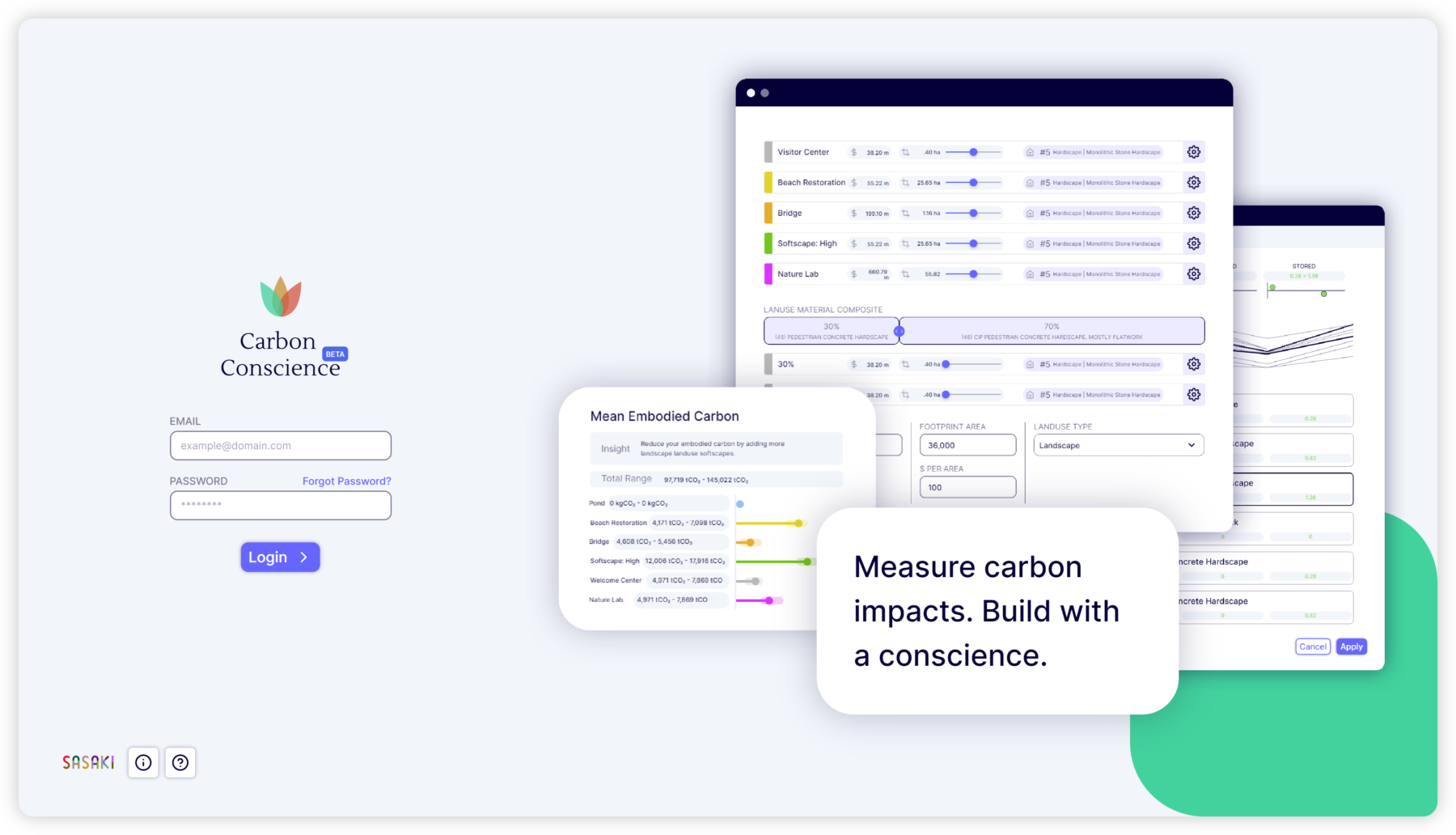
Sasaki landscape architect Chris Hardy imagines a future where designers and planners can bring carbon sensitive design to every project
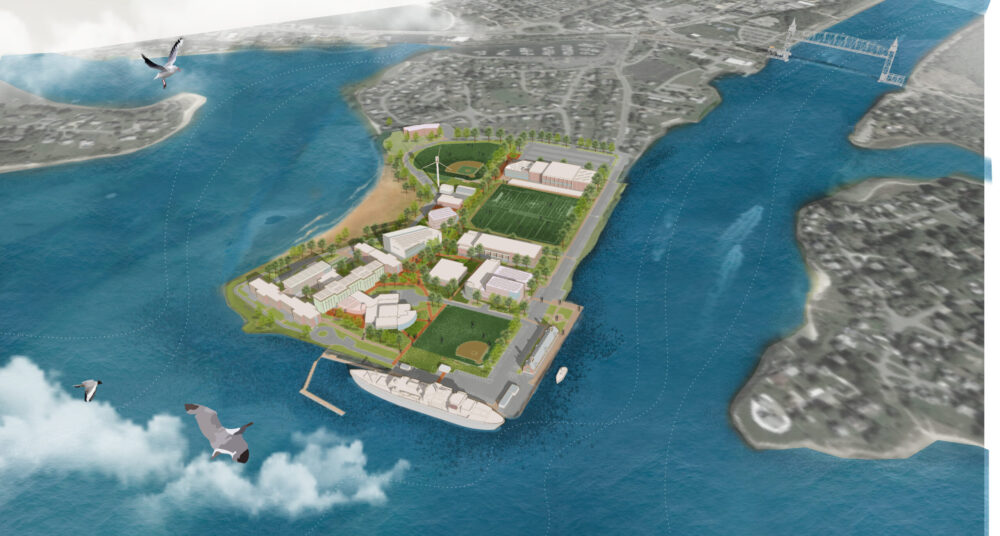
Introducing a roadmap to eliminate campus carbon emissions by 2035
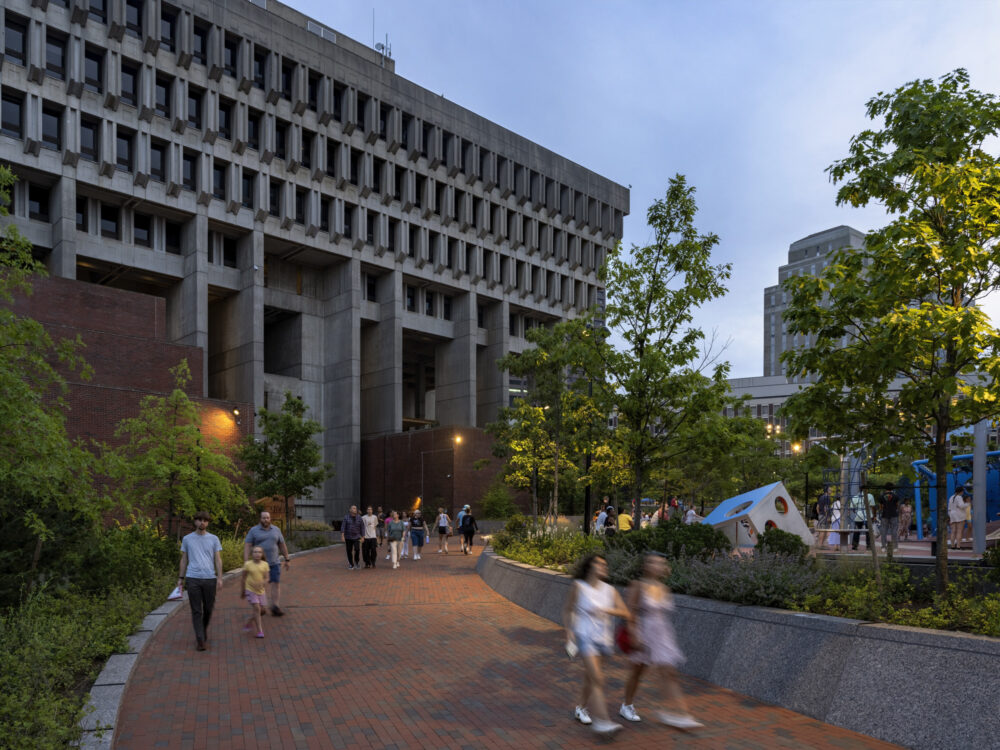
波士顿市政厅广场不仅是一个著名的市民空间,也是解决密集城市环境中复杂市政工程挑战的研究实例。

